| |
| |
The Valley of the Kings
By Seif Kamel
|
| |
The Valley of the Kings is the largest and most important Pharaonic necropolis in Egypt. It contains the tombs of the kings starting from the 18th dynasty to the 20th dynasty. All the tombs located in the Valley of the Kings are decorated with fascinating paintings representing different scenes of the afterlife.
The tombs of the Valley of the Kings originally contained many other items that were transferred to the Egyptian Museum like the royal belongings of the king that he will use in the afterlife, the royal sarcophaguses, and the mummies of the kings. The Valley of the Kings became even more famous world wide after the discovery of the tomb and the treasures of King Tut Ankh Amun in 1922 by the famous Howard Carter. |
| |
| |
| |
|
| |
|
The
location of the Valley of the Kings |
|
| |
The Valley of the Kings is located in the northernmost
part of the West Bank of Luxor, in a difficult to access
valley which is dominated by the highest mountain in the
West bank, the "Theban Peak" with its shape quite
similar to that of a human constructed pyramid.
The
valley being hard to access encouraged the royal family
of the 18th dynasty to dig their tombs deep in the
mountain to hide them from robbers who have been
stealing a treasure after the other from the royal tombs
through different periods of history.
Furthermore, the
topographical features of this area gave it a sacred
sense and this was why it was chosen to host the royal
tombs of the Pharaohs starting from the 18th dynasty. |
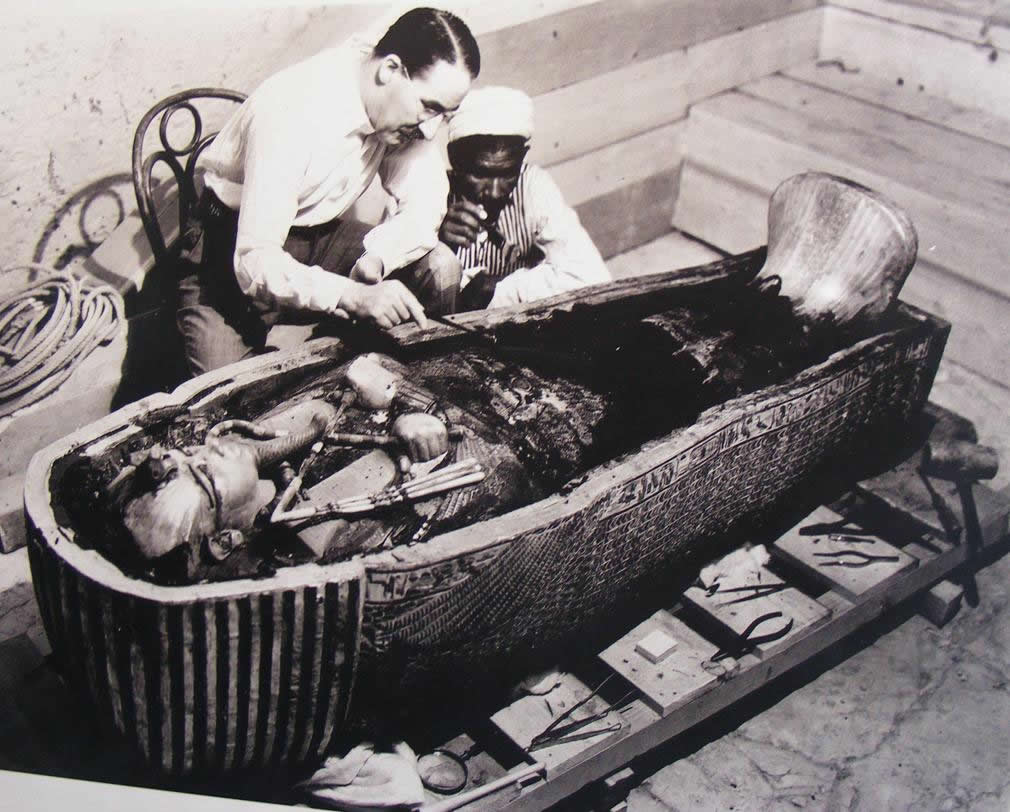 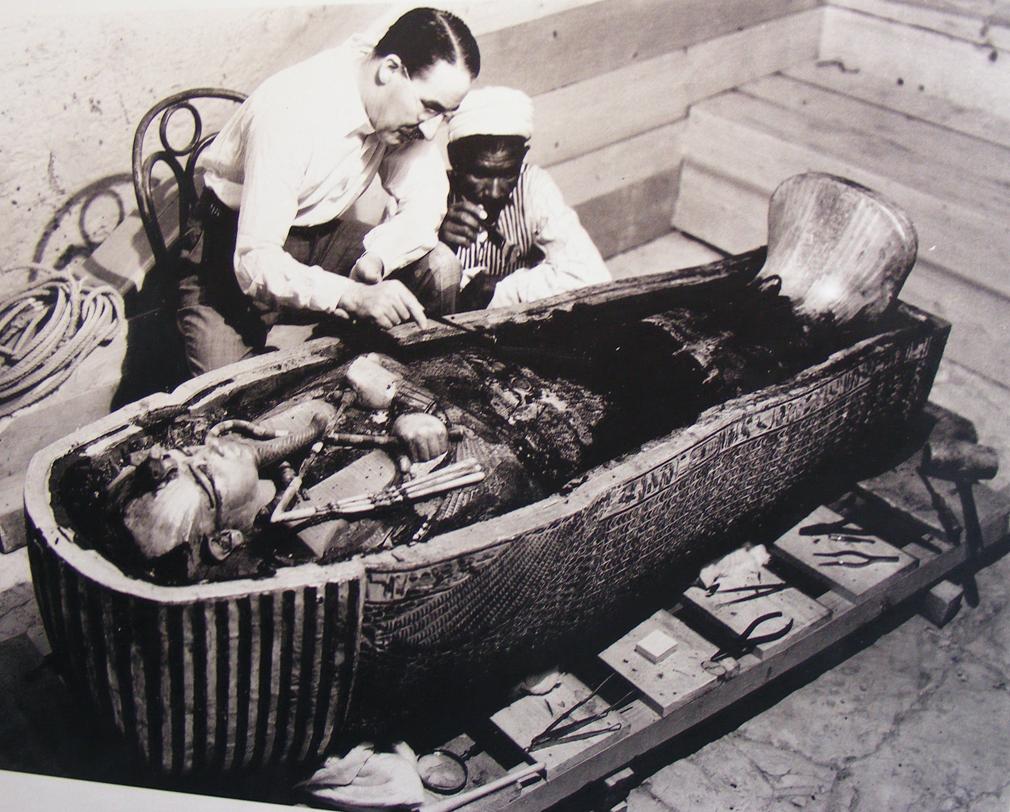
|
| |
| |
| |
|
The name
the Valley of the Kings |
|
| |
In 1828, the famous
French scholar, Francois Champollion, the researcher who
was able to reveal the secrets of the hieroglyphic
ancient Egyptian language, visited this area and called
it "The Valley of the Kings". The name is still used
until today.
The ancient Egyptians called this valley;
"the great and august necropolis of the millions of
years of the Pharaohs". This site was so sacred that no
one was ever allowed to enter it except during the
funerary rituals of burying a king
|
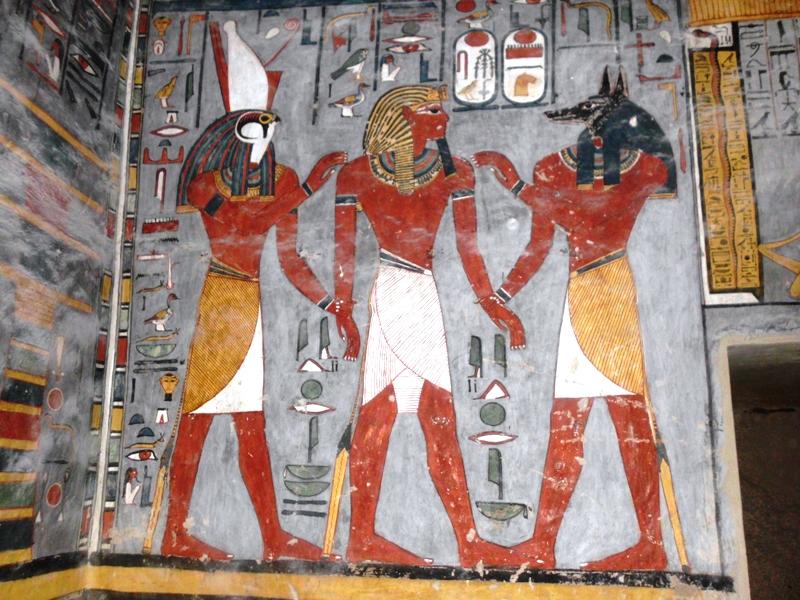 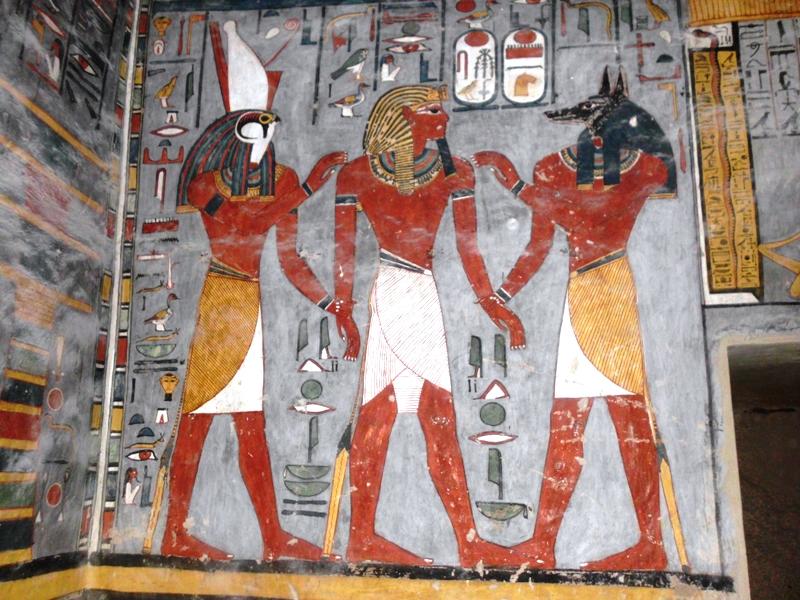
|
| |
|
|
The
guarding of the Valley of the Kings in ancient times |
|
| |
During the reign of the
New Kingdom and for a long period afterwards, there was
a police troop which was specified to guard the
necropolis and it was called the "Medjay" who were
responsible for protecting the access points of the
valley and periodically assuring that the seals placed
at the entrances of the tombs are not broken.
In spite
of all these security masseurs, the royal tombs of the
Valley of the Kings started being robbed as early as the
20th dynasty and these thefts continued for centuries
afterwards When the European travelers of the 18th
century started visiting the Valley of the Kings, all
the royal tombs were completely emptied by thieves
except one or two tombs that were discovered later on.
Most of the excavation work performed in the Valley of
the Kings is attributed to the great English
archeologist; John Gardner Wilkinson who studied all the
tombs located in the valley in 1827 and numbered them
with an abbreviation VK "Valley of the Kings"
There
were 62 tombs discovered until today in the Valley of
the Kings and excavations work is still being performed
until today as archeologists believe that the valley
still hides many secrets and wonders that are yet to be
revealed.
We will now shed some light on the some of
the most important tombs located in the Valley of the
Kings |
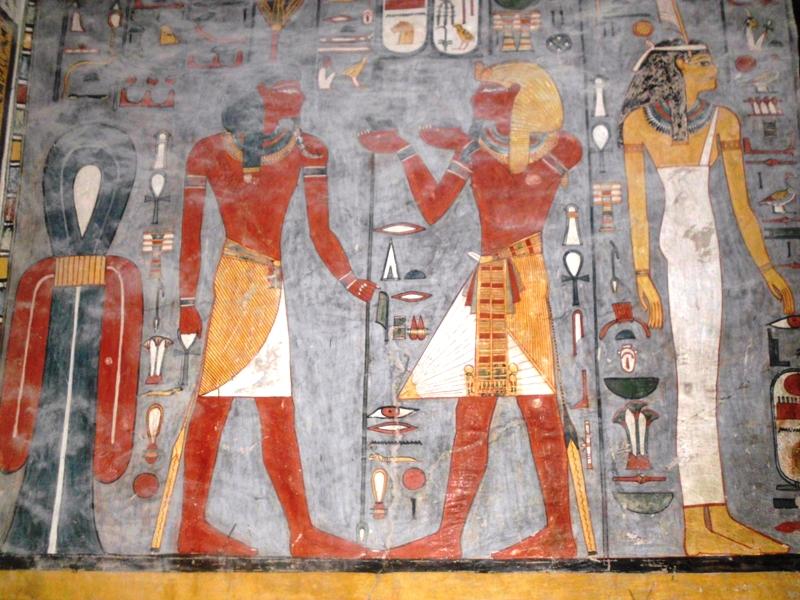 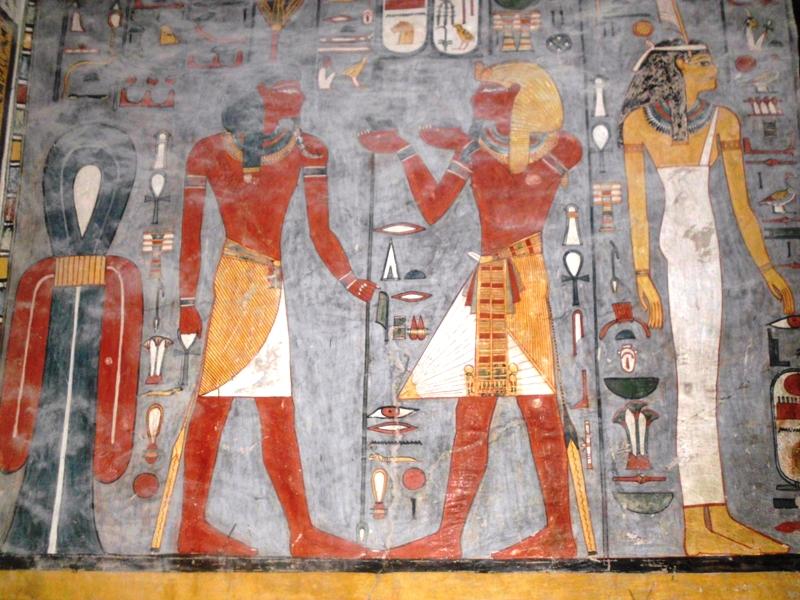
|
| |
| |
|
The Tomb of Tut Ankh Amun (No. 62) |
|
| |
The most significant feature of the tomb of Tut Ankh Amun is that it was the only tomb located in the Valley of the Kings that was found completely intact when discovered in 1922.
There were more than 3000 items discovered within the tomb and they are displayed now in the Egyptian Museum of Antiquities in Cairo.
The tomb was discovered in the 4th of November 1922 by Howard Carter, the famous English archeologist who was funded by Lord Carnarvon, a wealthy Englishman who was fond of the Egyptian history and antiquities.
Tut Ankh Amun was the son of Akhenaten, the famous pharaoh who transformed the polytheism worshiping system in ancient Egypt into the first monotheistic religion in human history. King tut, who became the king of Egypt in 1333 BC when he was only nine years old, was probably assassinated in 1224 BC when he was 18.
The tomb consists of only one room with a huge painting on the northern wall representing the king in the disguise of Osiris performing the ceremony of the "opening of the mouth".
The painting also includes a scene representing Nut, the goddess of the sky, welcoming the king in the afterlife.
The Western wall of the tomb represents texts from the "book of the afterlife", twelve sun loving baboons, and a scene of the sun god Ra at dawn time. |
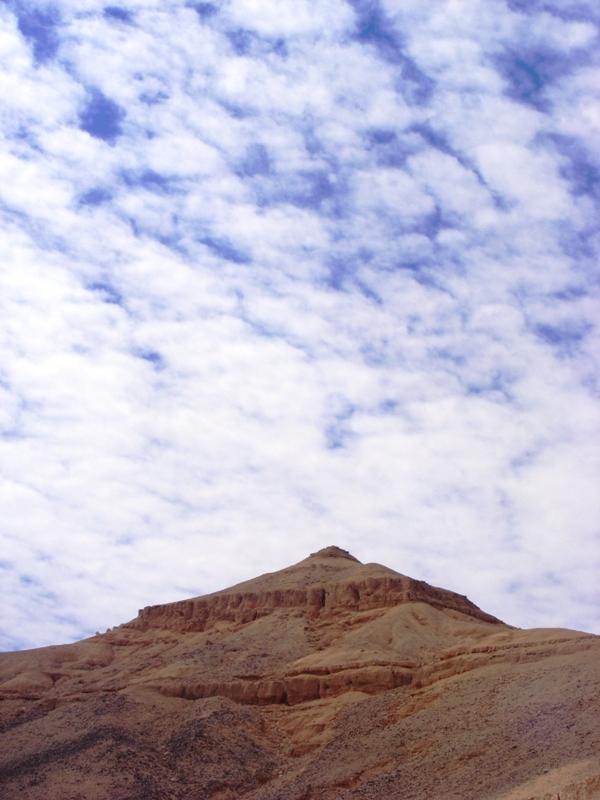 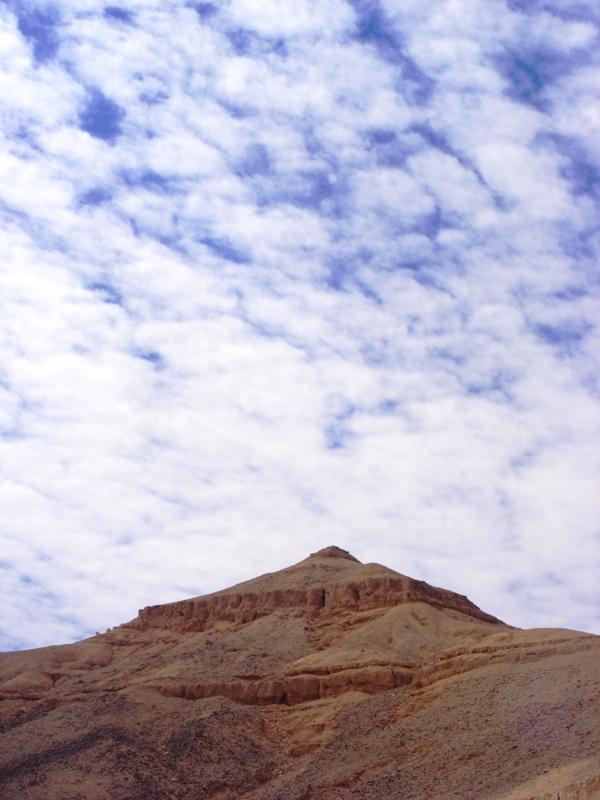
|
| |
| |
|
The Tomb
of Ramses IX (No. 6) |
|
| |
This tomb is a typical
Ramesside 20th dynasty tomb which is so long and steep.
The walls of the tomb contain many colorful scenes taken
from the litanies of God Ra.
There are four colored pillars precedes the burial
chamber that contains a wonderful astronomical ceiling
representing the goddess Nut surrounded with many stars.
The sarcophagus of this king was never found and only
its mark is still visible in the ground until today.
|
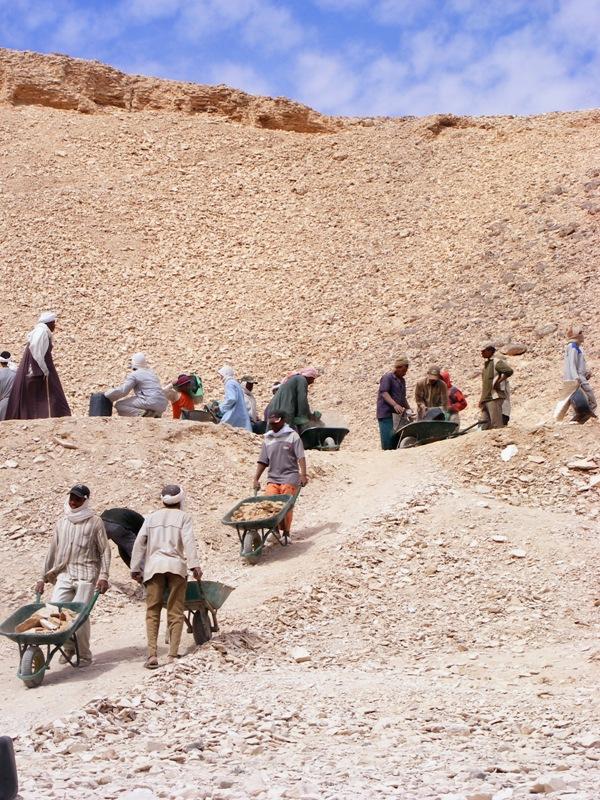 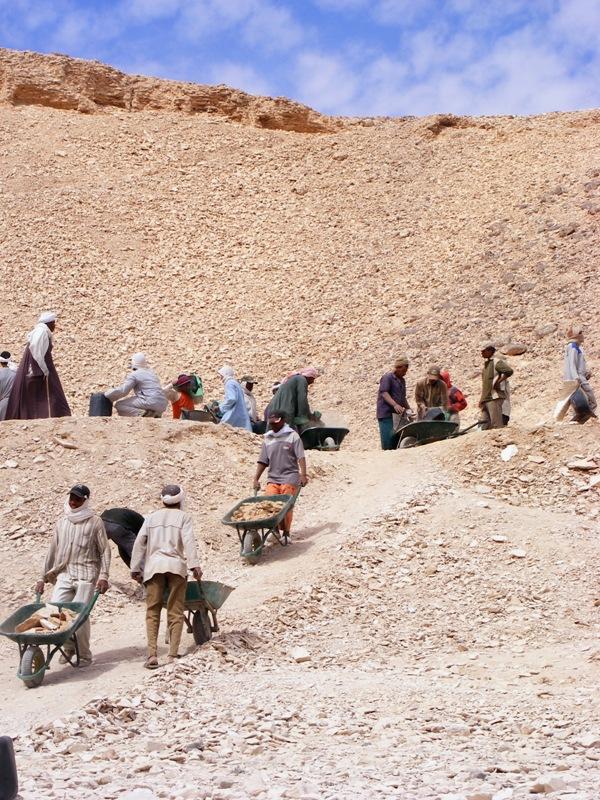
|
| |
| |
|
The Tomb
of Amenophis II (No. 35) |
|
| |
This is the deepest tomb
in the Valley of the Kings with 90 steps leading down to
different levels and floors. The tomb of Amenophis II
was discovered by Victor Loret in 1898. The tomb is
famous for its brown colored wall paintings illustrating
scenes of the afterlife.
Although all the treasures of the tomb were stolen by
thieves before the discovery of the tomb, the mummy of
the king was found intact in its beautifully decorated
sarcophagus which is still present for guests to view.
There were nine other mummies that were also discovered
in the tomb.
|
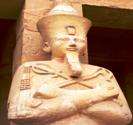 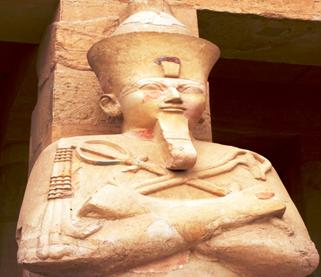
|
| |
| |
|
The tomb
of the sons of Ramses II (No. 5) |
|
| |
This tomb, which was recently excavated by the American
archeologist, Kent Weeks, in 1994, was found out to be
the largest and most complicated tomb in the Valley of
the Kings.
This tomb is the burial site of the 52 sons of the great
Pharaoh and builder, Ramses II.
The tomb contains a 16 pillared hall, many corridors,
and more than 100 rooms have been discovered in the tomb
so far. Despite the fact that there were no treasurers
found in this tomb until now, many valuable aircrafts
have been discovered. Excavation work in this tomb is
likely to go on for years before it is opened for
public.
|
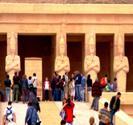 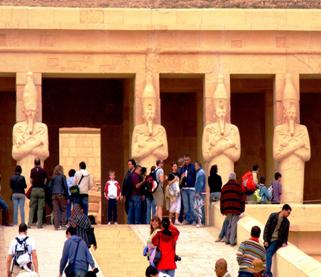
|
| |
| |
|
The tomb
of Ramses I (No. 16) |
|
| |
Although this deep tomb is one of the smallest in size
in the Valley of the Kings, it contains the most
beautiful and carefully designed wall paintings. It
belongs to Ramses I, the founder of the 19th dynasty and
the king who ruled for only two years, the fact that is
well reflected in the small size of his tomb.
The tomb, discovered in 1817, was originally designed to
contain many other rooms and corridors. However, and
most probably because of the sudden death of the king,
the royal architectures had to finish the tomb quickly
and this is why it only consists of one room that is
richly decorated with scenes of the king in his
afterlife with a giant royal sarcophagus that is still
present in the burial chamber until today.
|
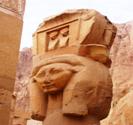 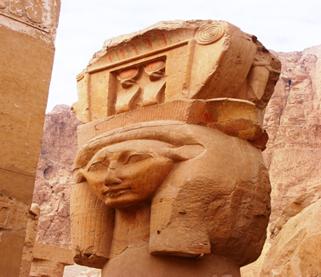
|
| |
| |
| |
 |
The
Karnak Temple
In ancient Egypt, the power of the god Amun of Thebes gradually increased during the early New Kingdom, and after the short persecution led by Akhenaten, it rose to its apex. In the reign of
Ramses III, |
 |
|
|
|
 |
The Valley of the Kings
The tombs of the
Valley of the Kings originally contained many other
items that were transferred to the Egyptian Museum
like the royal belongings of the king that he will
use in the afterlife |
 |
|
| |
| |
 |
The Queen Hatshepsut Temple
In a spot sacred to the goddess Hathor in the West Bank of Luxor, situated under the foot of one of the huge Theban Mountains, the Queen Hatshepsut has built her mortuary temple that was so fascinating that was called many names in ancient times |
 |
|
| |
 |
The
Luxor Temple
Located in the heart of the modern city of Luxor, the Luxor temple, especially the two colossi of Ramses II situated at the entrance of the temple, has become a land mark of the city. |
 |
|
| |
 |
The colossi of Memnon
The Colossi of Memnon. One of the main attractions on the West Bank of Luxor, a landmark which everyone passes on the road to the monument |
 |
|
| |
|
 |
 |
 |
 |
 |
 |
 |
Discover Luxor
Do you have plans to travel to Egypt?
A comprehensive Egypt travel offer – of every type, destination and period in Egypt! In addition, |
Luxor Attractions
Luxor attractions and sightseeing attractions in
Luxor . Book Luxor attraction tours
with Select Egypt |
Luxor Holidays
special discount holiday packages offers for
Luxor travel. We give you tailor made holiday deals for
Luxor travel |
Luxor Tours & Excursions
special discount holiday packages offers for
Luxor excursions. We give you tailor made holiday deals for
Luxor travel |
| Read More >> |
Read More >> |
Read More >> |
Read More >> |
|
| |
 |
| |
 |
 |
 |
 |
 |
Luxor Hotels
Choose from over 89
Luxor hotels with huge savings. Whatever your budget, compare prices and read reviews for all our
Luxor hotels |
Luxor Map
Luxor was constructed on the ruins of the ancient city of Thebes, the capital of Egypt during the Pharaonic New Kingdom (1550 – 1069 BC). |
Luxor Monuments
The best monuments of
Luxor . Information about Luxor monuments, landmarks, historic buildings and museums in
Luxor |
| Read More >> |
Read More >> |
Read More >> |
|
| |
| |